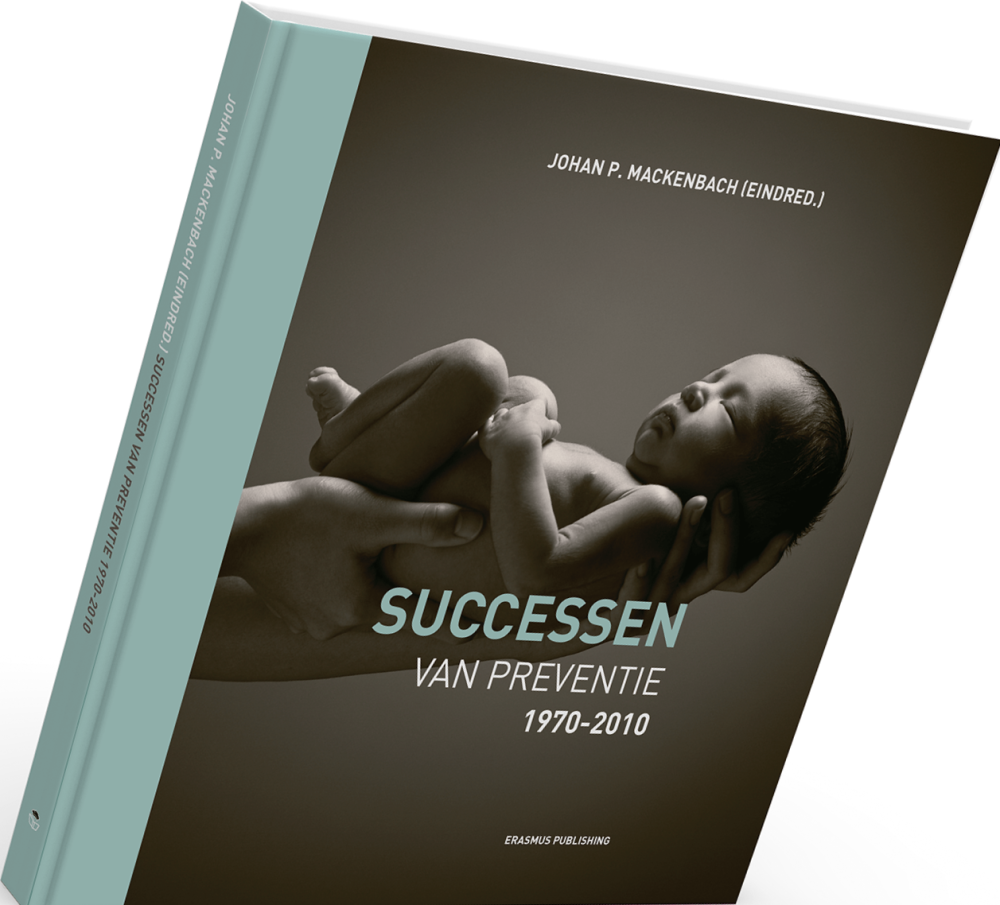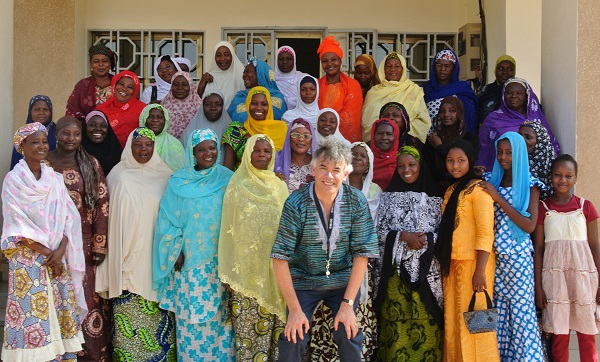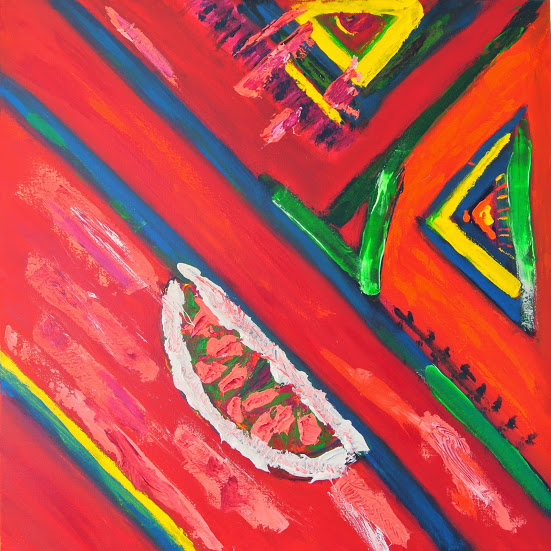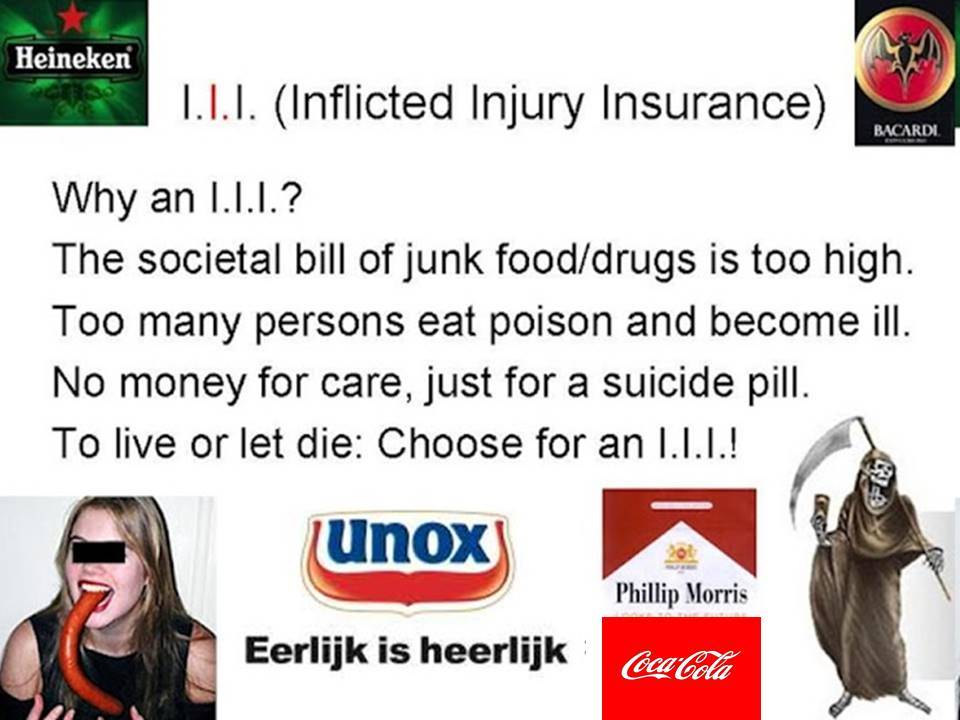
Niet Martijn Katan (1990) maar Sinclair signaleerde al in 1956 hoe ongezond transvetten waren!

Martijn Katan wordt gezien als de ontdekker van de ongezondheid van transvetten, maar Sinclair was hem in 1956 ruim 34 jaar dus voor en ook Unilever wist al in de jaren '50 intern dat transvetten niet pluis waren. In het rapport Gesmeerde Kennis wordt ook verwezen naar het artikel van Sinclair en naar Ancil Keys, die en passant ook stelt dat te veel aan een vetzuur in een dieet ongezond is. Hans Nieuwenhuizen, de latere voorzitter van de directie van Unilever Research Vlaardingen, leidde het project naar de dieetmargarine Becel. Becel was in 1962 al helemaal transvetvrij. Hans werd beloond met het directeurschap. Dat Unilever niet pluis was, blijkt uit mijn artikel voor Foodlog uit 2016. Toen wist ik nog niet welke rol Hans Nieuwenhuizen speelde. Hij zorgde er ook voor via een sterke lobby dat Becel met overmaat linolzuur zonder onderzoek naar de lange termijnveiligheid werd toegelaten. Inmiddels is ook bekend dat te veel linolzuur laaggradige ontstekingen kan veroorzaken en er is inmiddels ook een associatie met Parkinson gevonden.
In de DVD bij het boek van Mackenbach "Successen van Preventie" meldt Onno Korver, dat hij op zijn donder kreeg van een senior manager omdat hij Martijn Katan de gelegenheid had gegeven de proeven te doen. U kunt wel raden wie, die senior manager was!
Martijn Katan bagatelliseerde de bevindingen van Sinclair, m.i. ten onrechte!
Deficiency of essential fatty acids and atherosclerosis, etcetera.
H.M. Sinclair in The Lancet 381 -383, 7 april 1956
Tijd om De Balk in Ons Oog Weg te Laseren
Even een blind vlekje weglaseren om die bezopen horrorclowns een oplazer te geven. TRINGGGG!
Gesproken radiocolumn van Pieter ter Steeg op 16 oktober om 12.51 bij Gouwestad Radio, www.gewoongroengouda.nl
De wekker ging. Ik zag troebel. Mijn blinde vlekjes werden die dag gelukkig nog weggelaserd. Ik kon daarna zelfs de kop van mijn ochtendkrant weer lezen: ‘’Alcohol kost samenleving ongeveer 2,5 miljard euro’’. Maar 2,5 miljard euro, RIVM??? Ik belde meteen Professor Klaas (Noot: Prof. N.D. van Egmond, Environmental Sciences & Sustainability, Universiteit van Utrecht) op. Deze duurzame oud-RIVM-baas maakte meteen gehakt van hun aanname dat alcohol maar 10 uur per jaar aan arbeidsproductiviteit kostte. Klaas zag liefst 10 uur in de week dubbel, dacht hij, als hij alleen maar Lingensbier in het weekend had gedronken. Op alcoholvrije Buckler kwam er meteen wel een heel diepzinnige quote uit Klaas:
Evolutie is altijd in de richting van bewustzijnsverhoging gegaan, alcohol geeft geen bewustzijnsverruiming maar bewustzijnsverlaging.
Hebben we allemaal boter of was het toch margarine op ons hoofd?
Sombere donderwolken pakten zich boven mijn hoofd op de dag van Yes or NO tegen Brexit. Wat wilde je ook met een EK voetbal zonder Oranje en Heinekengevoel (heerlijk, helder, ja, ja, overigens maar een magere 6.3 op de nationale biertest) waar we de Rode Duivels nu maar moesten gaan volgen en ook nog liken zeker. Mijn ochtendkrant Trouw heeft zelf geschreven dat God niet bestaat, terwijl ik eerder een Déjà Vu (van Crossby, Still, Nash & Young) –ervaring heb. De slang, ons reptielenbrein, ziet nu overal kansen, om onze routeplanner of tomtom met de bestemming het Paradijs verder te storen. Onze nieuwe nationale held, Max Verstappen, mocht zijn Red Bullpetje gewoon bij Pauw, NPO 1, ophouden. De keizer van de reptielen, Tyrannosaurus rex herrijst straks in Leiden. Albert Hein deed gewoon weer aan kindermarketing en liftte dan ook mee op de reptielen-hype met dinoplaatjes. Van de documentaire Fed-up uit 2014 op NPO 3 op 26 mei jl. uitgezonden over het suikerdrama, de obesitas en diabetesexplosie in de Verenigde Staten, en dankzij dus ook Red Bull, werd ik al niet vrolijk. Ergens in mijn achterhoofd knarste het. Als we nu dankzij die stoere Max weer meer energy-drinks gaan consumeren, werken we toch ook mee aan onze eigen ondergang? In de VS, homeland van Coca Cola en Pepsi, is de gemiddelde gezondheidsschade door de verslavende suiker in frisdrank inmiddels opgelopen tot zo’n $ 1000.- per Amerikaan per jaar (Preventieve Toegevoegde Waarde alias Inflicted Injury Insurance ).
Lees meer: Hebben we allemaal boter of was het toch margarine op ons hoofd?
Out of Africa (Mission Impossible I Niamey, Niger 2014)

Out of Africa
Het thema van vandaag is Voeding, maar wel out of Niger, Afrika. Deze columnist zit immers duizenden kilometers ver weg, in Niamey in Niger (Niesjair) op zijn Frans. Ik train hier 45 kleurrijke Franstalige islamitische vrouwen. Ik train deze dames van 14 – 63 jaar oud met 0 -8 kinderen in het houdbaar maken van tomaten. Tomates pelees, sechees, gepelde tomaten, gedroogde tomaten, etceterAAAH.
Ik begin elke nieuwe trainingsgroep met een plaatje van een landschap. Waar voor zover het oog reikt miljoenen goede tomaten zijn gedumpt. Zo kan in onze wereld 1,3 miljard ton goed eten verloren gaan. Bij een miljard mensen onder de ondervoedingsgrens komen we op 1300 kilo per hongerende. Zelfs als het alle dagen kerst zou zijn krijg ik dat in een jaar niet weg.
Mijn vrouwen in Niamey krijgen in het hoogseizoen ook weinig voor hun tomaten en het zou oneindig veel beter zijn als goede tomaten tijdig kunnen worden ingemaakt. Zo heb je ook in het laagseizoen nog een hoogwaardige voedingsbron.
1300 kilo, … WAAAAANzin.
Lees meer: Out of Africa (Mission Impossible I Niamey, Niger 2014)
Do it: IQIQ! (2002)
INTER QUANTITATIVE INTEGRATED QUALITY (IQIQ): AN INTERDISCIPLINARY SCIENCE BASED INTEGRATED APPROACH TOWARDS QUALITY OPTIMIZATION
Introduction
The aim of food processes is to assure quality and safety of the processed food at lowest costs and environmental impact:
1) Maintain freshness and/or health benefits
2) Inhibit or inactivate detrimental enzymes
3) Prevent chemical deterioration (e.g. oxidation reaction)
4) Reduce toxicity
5) Maintain or create texture, flavour
6) To destroy harmful microorganisms and prevent their growth
7) Run an efficient supply chain with a low environmental impact
8) Stimulate consumer buying and safe use
One can consider it as an extremely complicated n-dimensional optimisation problem, but in- and external knowledge is vast and can be much more easily linked because of the enormous progress in the IT area and science allowing the modelling and integration of complex non-linear quality effects during food processing.
The ideal is to predict product quality and the associated costs from ingredients throughout the process, storage and consumer use to accelerate innovation and to optimise the supply chain.
The driving Quality forces need to be identified. Ingredient knowledge (e.g. specifications) can be then efficiently linked with model conditions.
Quantification of the impact of the (parallel) process conditions on Quality indicators has been substantially improved, now even allowing total up- and downstream process integration of even non-linear effects for example microbial inactivation.
Interactive Labelling for Consumer Protection
Interactive Labelling popped up in my brain in 2000. In 2015 "Apps" for Iphones and Androids can do what was suggested below. Anno 2025 even more! My initiative was not supported by my boss at Unilever in 2000 because interactive barcodes about the destructive long term health effects of e.g. our products like Lipton-Ice, Unox sausage, Cup-A-Soup, Magnum, were not in the company short term interest. However, if Unilever is willing to accept a win-win business model, they and the other big companies could accelerate development of a tool which can battle obesity, cardiovascular disease, etc. This concept can be easily combined with my brain wave in 2009: The concept of Inflicted Injury Insurance (I.I.I.): Read my article in Dutch about the I.I.I. = PTW (Preventieve Toegevoegde Waarde https://tersteegmc.nl/index.php/artikelen/voeding-en-gezondheid/inflicted-injury-insurance-or-preventieve-toegevoegde-waarde on my website.
Prevention by interactive health promoting product information and tailo-rmade consumer information
AIM:
To inform and stimulate healthy behaviour of consumers via interactive product information.
Potential consumer health benefits:
- allows tailor-made individual customer interaction and targeted health protection
- prevention of macro- and micronutrient overdosing
- allows health insurance companies to promote healthy behaviour
Vision on Food Microbiology

Food Microbiology (Revisited)
Preservation, Risk Perception and Risk Taking
To Derrick Kilsby, my mentor
My professional background is food microbiology and preservation. This essay (for 99% written in February 2003 with some small ad hoc amendments afterwards) started from a strong food perspective but may ultimately encompass society. We have enough food for mankind if we know how to preserve whilst guaranteeing safety. A proper balancing of risks will determine whether we shall ultimately survive.
Food should be safe and stable. Consuming food, however, is balanced risk taking. Necessary risk taking: Simply, not to starve, to reproduce and to grow old. Romantic risk taking: Picking raspberries (parasite hazard) in a tick infested forest. Hedonistic risk taking: eating Japanese puffer, - putting one’s life in the hands of an expert cook, - raw oysters, raw milk based cheese or undercooked hamburgers. One may even wish, in future, to create non-addictive thrilling near death sensation, in essence, bungee-jumping from the edge of Martin Cole’s food processing cliff. What about the risk taking by governments? What kind of risks were governments willing to take in the first stage of the BSE crisis in Europe? How many vCJD deaths are now acceptable and how does that compare to Salmonella and Campylobacter?
The dioxin contamination of chicken in Belgium had a health benefit. The accompanying temporary reduction in chicken consumption led to a reduced mortality due to Salmonella and Campylobacter. The media hype due to the lethal outbreak of EHEC in Germany in 2011 will certainly have negative long term health effects because of the steep drop in consumption of fresh fruit and vegetables. How to find the best balance in risk taking? Fish contains healthy omega fatty acids, but also mercury. Fresh produce contains vitamins and antioxidants, but may indeed carry pathogens, parasites. Microorganisms are not only scary but can be modified to deliver vitamins in the GI-tract. How to make objective decisions based to address the world needs?
Inflicted Injury Insurance or "Preventieve Toegevoegde waarde"
Article in Dutch,acknowledgement Prof. Onno van Schayck
Demonstration how to incorporate the price of unhealthiness ("Preventieve Toegevoegde Waarde" or Inflicted Injury Insurance) and healthiness in products
Summary of key-figures
Inflicted Injury Insurance:
cigarettes € 45/pack
alcohol €0.70/ glass €25/crate beer only for alcohol (not including the obesity effect)
trans-fats €0.05 - 0.10/g
sugar €0.04 per g in soft-drinks
(my first estimate of € 0.016/g was only based on US health care costs, not taking into account societal contribution loss: + €0.024 adding up to €0.04)
salt €0.20/g (extra, above acceptable intake)
processed meat (dried, smoked, brine, cured, ..) €5.00/kg for enhancing the probability of gut cancer
Preventive Added Bonus (for healthy foods)
Fruits and vegetables: €0.01 per gram €10/kg
Fish and clams: € 0.044 per gram €44/kg
Calculations are based on the accepted assumption that gaining a year allows an investment of maximally €80.000. Losing a year will similarly cost €80,000. Take the recent discussion about the cost of Permutuzab. This anticancer medicin gives a life extension at a cost of €150000 per year. Is it too high? €80,000/year would have been acceptable.The shortening of life by unhealthy consumption costs "invisible" money. Vital elderly people can continue working part-time and contribute to society reducing the workload of the young.
Lees meer: Inflicted Injury Insurance or "Preventieve Toegevoegde waarde"


